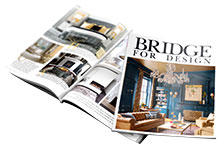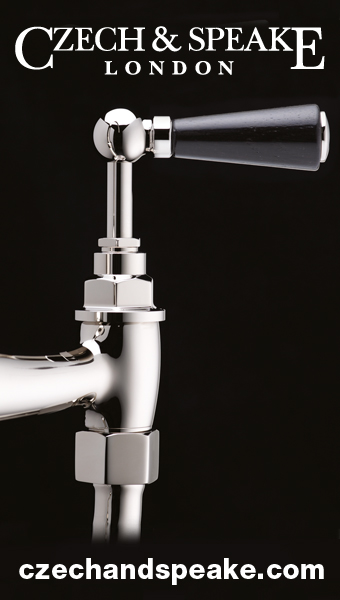Over my career my focus as a designer of kitchens has shifted. In the early days, consciously at least, it was all about aesthetics and craftsmanship. Now I am interested in a less tangible quest - understanding the kind of environments that make people feel happiest; a move from the physical to the invisible, as new knowledge gained from behavioural psychology and neuroscience informs space planning and furniture design.
The future of the kitchen is about satisfying our brains, bodies and emotions: not just the supply of well made cabinetry and appliances. More efficient cooking spaces? We’ve done that. The test of effective kitchen design should begin with an efficient, compact cooking zone as this will leave enough space to fulfill the kitchen’s expanded social role. It is now a living room in which you cook, a hybrid space which has evolved from taking functions from other rooms. It includes the sitting room now most likely to be used as a media room, the hallway that is a greeting area no longer seen as a defacto requirement and the dining room which has morphed into an occasional celebratory and optional space.
Richard Wrangham in his book Catching Fire tells us how our brains became human-sized through the nutritional benefits of cooked food, freeing early humans from spending their time searching for food and digesting it. Cooking promotes sociability as collaborative households are more successful at maximizing food resources. We now know the brain is elastic and develops by acquiring new experience and skills, so our behaviour at home, how we work and use our leisure time becomes incorporated into our brains synaptic structure .
A key social trend in families is both partners working and children often having long school hours which means time together is limited and precious. So every house needs a flexible ‘common’ room where encounters can be turned into effective exchanges and where different activities can be accommodated from mending bicycles, sitting with our media devices, listening to music or the radio. We might perch, talk, cook, snack, sing, dance or do the ironing in the space of a short time.
Contemporary life is full of anxiety. A large part of the news that streams into our homes is made up of environmental and economic disaster, war and poverty. Domestic space offers us sanctuary and plays a role in our day-to-day well-being.
We rely on ‘home’, a highly resonant word whose meanings each of us generate from our own emotional memories and stories accumulated from our childhood, for our sense of belonging and rootedness. The kitchen is the epitome of home and its presence is well represented in literature, also in fairy and folk tales, from cottages to castles and underground caves. The animals, Ratty and Mole in the The Wind in the Willows have cosy kitchens that are archetypes of domestic architecture.
Increasingly as we adapt old homes and build new ones we are moving towards the ‘kitchen-centric’ house but there are still a few hurdles in the way. Developers and house builders could greatly improve what they offer with better educated designers and more knowledge of these trends, two reasons I pioneered setting up the first kitchen design degree course at Bucks New University. The good news is that as homeowners are now more aware of the value of design and of our instinctive needs than previous generations. Open-plan living and central heating has liberated us from the house laid out as a series of private rooms and our experience of round the clock sociability. Shared tasks between genders means all members of the household get stuck into cooking. Awareness of the pleasures and creativity associated with food and the occupational presence of children are both examples of why being in the contemporary kitchen feels so good.


.jpg)
.jpg)
.jpg)


